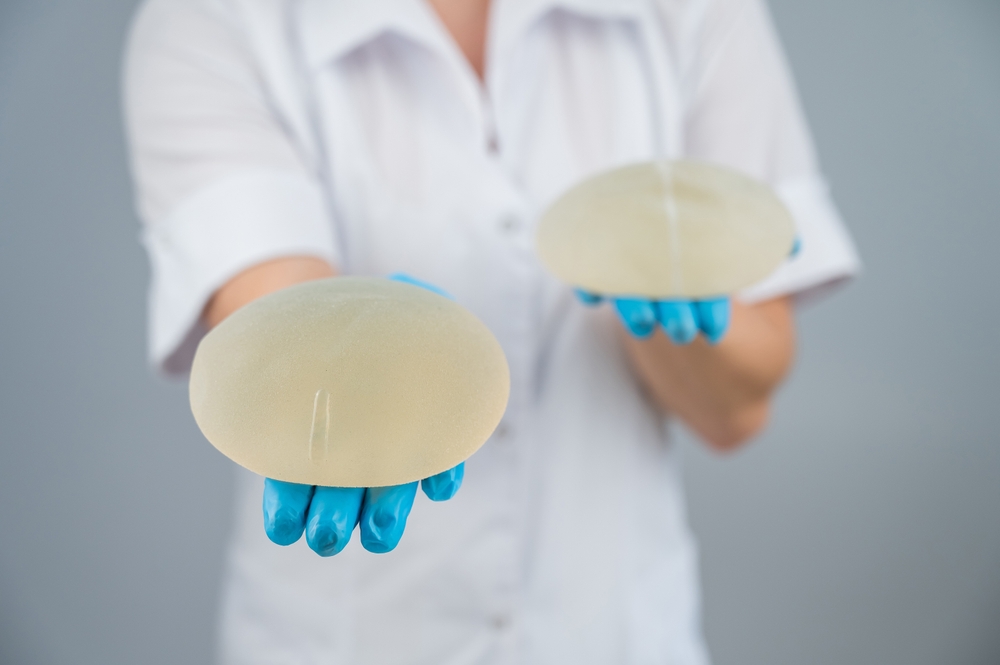The Evolution of Breast Implants

When a woman augments her breasts with implants, she faces many choices. Not just the size, but also the type, shape, and texture. To understand why there are so many choices, it helps to understand how breast implants have evolved in the past 60 years. In this blog, renowned plastic surgeon Dr. Joshua Greenwald briefly outlines some of the milestones in breast implants.
First Up: Silicone Implants
Although there are earlier examples of doctors augmenting breasts with tissue and fat, the very first breast implant was made with silicone in the early 1960s. Silicone is a plastic (more specifically a polymer comprised of siloxane) that is used in most breast implants (and other assorted types of cosmetic implants) today.
Silicone breast implants were banned by the FDA (aside from use in breast reconstruction procedures) from 1992 to 2006. The reason for the ban was concern over the unexplored health consequences that silicone implants may pose. Eventually, numerous studies concluded that silicone implants were in fact safe for patients with no correlation to breast cancer or birth defects. Accordingly, the FDA reversed its decision.
Saline Implants Follow Shortly Thereafter
Saline implants, which are filled with sterilized salt water, were first manufactured a few years after the introduction of silicone implants. During the 1990s and early 2000s when silicone implants were banned, saline implants were the go-to implant type for women seeking breast augmentation. Saline implants are still revered for their safety because in the unlikely chance that an implant leaks, the body easily expels the salt water.
Next, Implants Develop Texture
In the 1970s, breast implant manufacturers introduced textured implants, which have a rougher outer shell. While textured implants did not offer cosmetic benefits, they were considered advantageous because they more easily attached to the surrounding tissue and were less likely to slip out of place. They also reduced rates of capsular contracture, which is when scar tissue hardens around the implant and squeezes the implant to the point of causing discomfort.
More recently, however, many plastic surgeons and patients are choosing to forego textured implants because of a slightly elevated correlation with breast implant-associated anaplastic large cell lymphoma (BIA-ALCL). The FDA has not found enough evidence to ban textured implants, but the topic is still being studied to see if action should be taken.
Introducing Form-Stable Implants
In 2012 and 2013, the FDA began approving form-stable implants, which are composed of silicone and hold a teardrop shape that better matches the natural sloping contour of youthful breasts. Although “gummy bear” implants were new to the United States, they had been available in Europe for the previous two decades since Europe had not banned silicone implants.
Schedule a Consultation
Dr. Greenwald is considered one of the top breast augmentation surgeons in New York City. To learn more about the different types of implants, and which are the best for achieving your desired look, please call (914) 421-0113 today.
